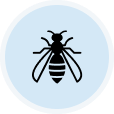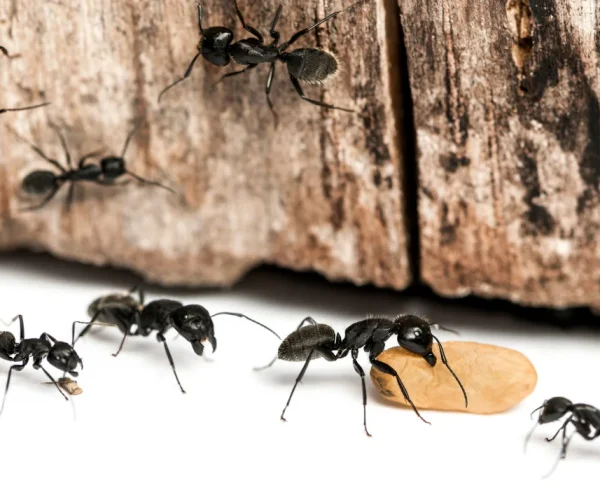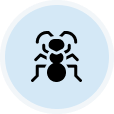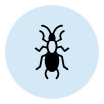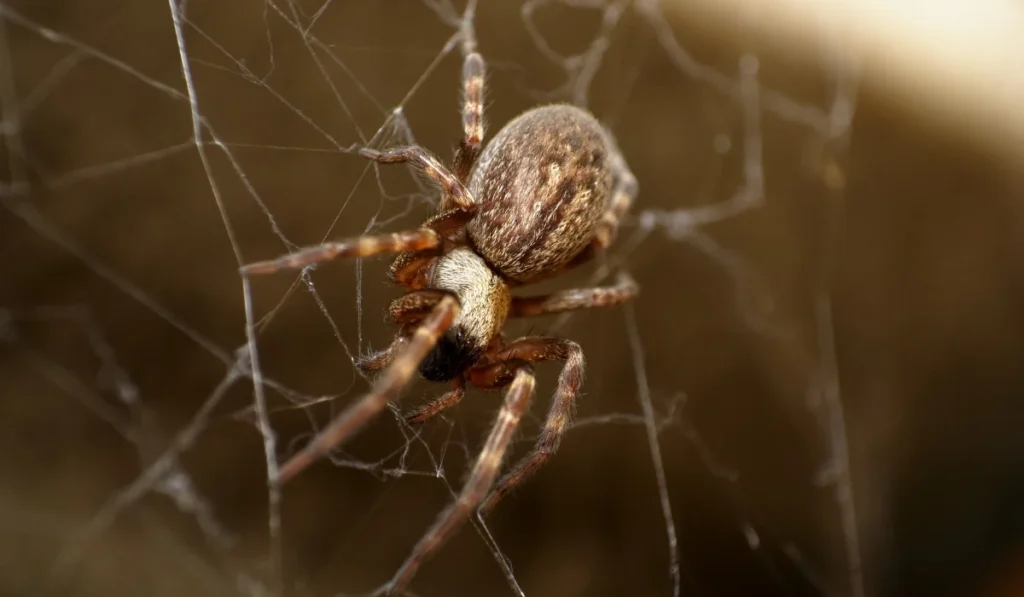Walking into your kitchen only to find a trail of carpenter ants marching across the counter is alarming. California residents know this scene all too well.
Carpenter ants in California cause damage to wooden structures, making them a concern for homeowners statewide. Keep reading to find out practical tips and solutions for these pesky invaders.
Key Takeaways
- Carpenter ants are large ants that dig into wood to build their nests and can damage homes in California.
- The most common carpenter ants in California are the Western Carpenter Ant, Western Black Carpenter Ant, and Shiny Black Carpenter Ant.
- Some signs of carpenter ants include small piles of sawdust, scratching sounds, and wood that sounds hollow when tapped.
- You can prevent carpenter ants by fixing leaks, sealing cracks, and calling pest control when necessary.
What Are Carpenter Ants?
Carpenter ants are among the largest ant species found in California. They are known for building nests in wood. These ants have distinct behaviors that differentiate them from other ant species.
Physical Characteristics
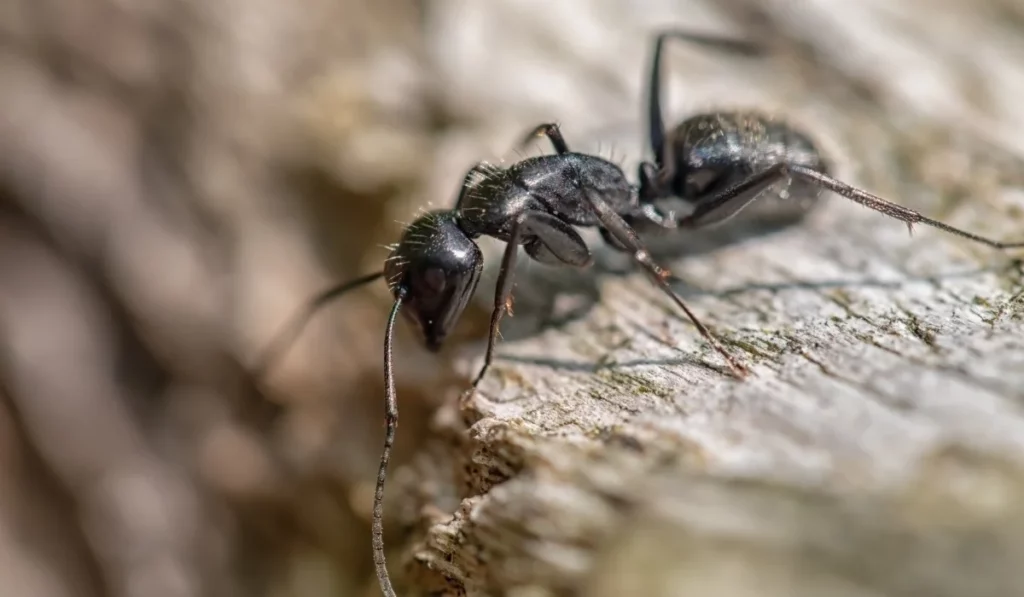
Carpenter ants can range from dark brown to black and have a noticeably rounded thorax. The size of these ants varies. Worker ants, which you may likely face, usually measure between a 1/4 and 1/2 inch.
These ants have bent, elbow-shaped antennae, which they use for navigation and communication. Interestingly, carpenter ant larvae and pupae completely depend on adults for nourishment and transport.
Common Species in California
Although they all share the characteristic of tunneling through wood, the most common species of carpenter ants in California include:
- Western Carpenter Ant: One of the most prevalent species in California, known for its dark brown to black color.
- Western Black Carpenter Ant: Notable for its jet-black color and preference for drier wood.
- Shiny Black Carpenter Ant: Identified by its smooth, glossy black exoskeleton.
Behavior and Diet
Carpenter ants are notorious not for eating wood but excavating it to create intricate nest galleries. They prefer damp or decaying wood. They are often spotted indoors during spring and summer, searching for food and nesting sites.
Their diet consists of proteins and sugars. They have a particular fondness for honeydew, a sweet substance aphids produce. These ants can travel considerable distances from their colony, driven by the need to find food sources.
Common Places to Find Carpenter Ants in California Homes
Carpenter ants often hide in indoor and outdoor areas where wood is accessible. They establish nests in wooden structures across homes in Southern California, including regions like San Diego.
Indoor Locations
Inside homes, carpenter ants are usually found in places with moisture or water damage. They target subfloors, wall voids, and sometimes attics.
Kitchens and bathrooms often become infested due to persistent moisture or leaks. They may access wall voids through gaps around electrical outlets or wiring.
Outdoor Locations
Outside, carpenter ants prefer tree stumps, dead trees, and wood piles.
These areas provide them with suitable nesting sites. They dig into the soft, decaying wood, expanding their nesting areas. Foundation logs or wooden fences can be infested, especially when in contact with wet soil.
Why Are Carpenter Ants a Problem in California?
Carpenter ants are a concern in California because they cause serious structural damage. Unlike termites, which consume wood, they excavate wood to create nests. This activity can lead to severe weakening of wooden structures.
Their infestations can be challenging to detect until serious damage has occurred. Their ability to remain hidden in walls, attics, and other secluded areas often results in costly repairs.
In California’s climate, they can be active almost year-round, unlike regions with colder climates. This extended period of activity means there is a greater opportunity for these ants to invade and damage properties.
While they are a primary concern, you must also be aware of other types of ants. Argentine ants, fire ants, and pharaoh ants can pose significant challenges in California by competing for territory with carpenter ants.
Signs of Carpenter Ant Infestation
Spotting carpenter ants before they wreak havoc isn’t difficult if you know what to look for. Here are some telltale signs to look for:
| Signs | How to Spot It |
|---|---|
| Piles of Sawdust | Small heaps appear near wooden structures. It looks like fine wood shavings. |
| Sawdust | Also known as frass, it accumulates where ants tunnel inside the wood. |
| Winged Ants | Swarms inside or near windows suggest these reproductive ants seek new nesting sites. |
| Rustling Noises | Scratching sounds in walls, especially at night, could suggest ant activity. |
| Hollow Wood | Tapping an area around the ant nests may sound hollow due to interior tunneling. |
How to Prevent Carpenter Ants in California
Along with other types of ants, carpenter ants can be a nuisance for homeowners in California. Here are some actionable steps to prevent them from setting up the house:
- Keep branches and shrubs away from your house.
- Fix leaky pipes and maintain gutters.
- Use caulk or weather stripping to seal entry points, such as cracks and crevices.
- Keep food in airtight containers and clean up crumbs.
- Remove wood debris near the house that they might use for nesting.
If you notice signs of ants or suspect a carpenter ant colony has already formed, consider using products designed for ants. Always follow manufacturer instructions for safe use.
When to Call a Professional
If carpenter ants persist despite traps and natural ant repellents, pest control services should be considered. They are equipped to locate nests, identify the source of infestations, and provide pest management.
Besides ants, do you need help with other common pests, such as cockroaches, fleas, and termites? Visit our website today for a free estimate.


